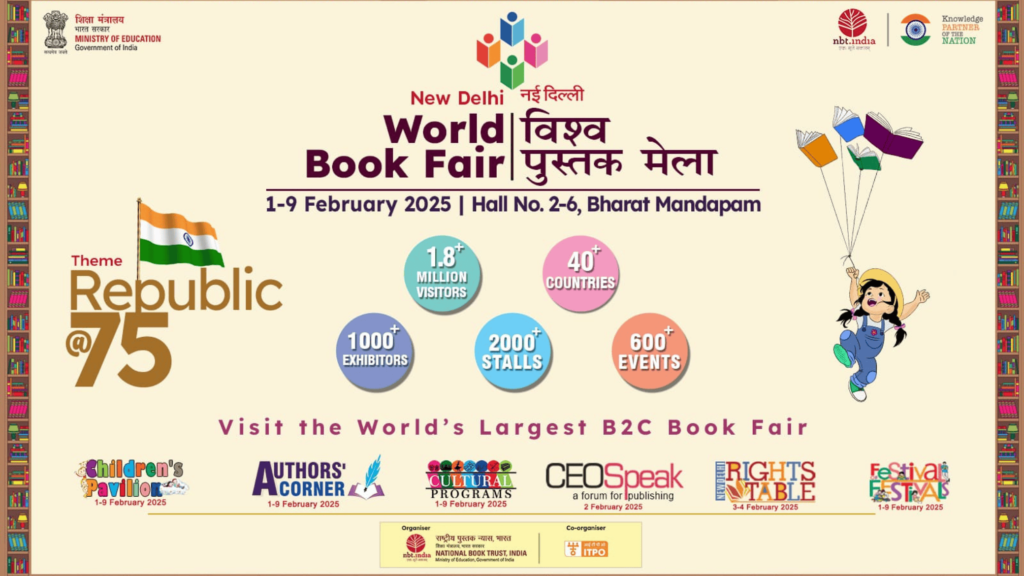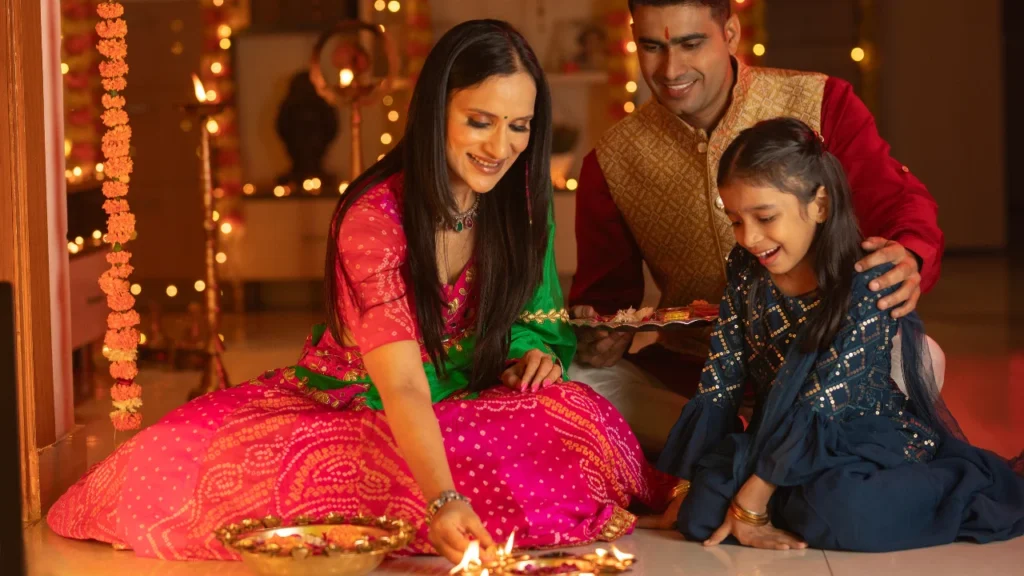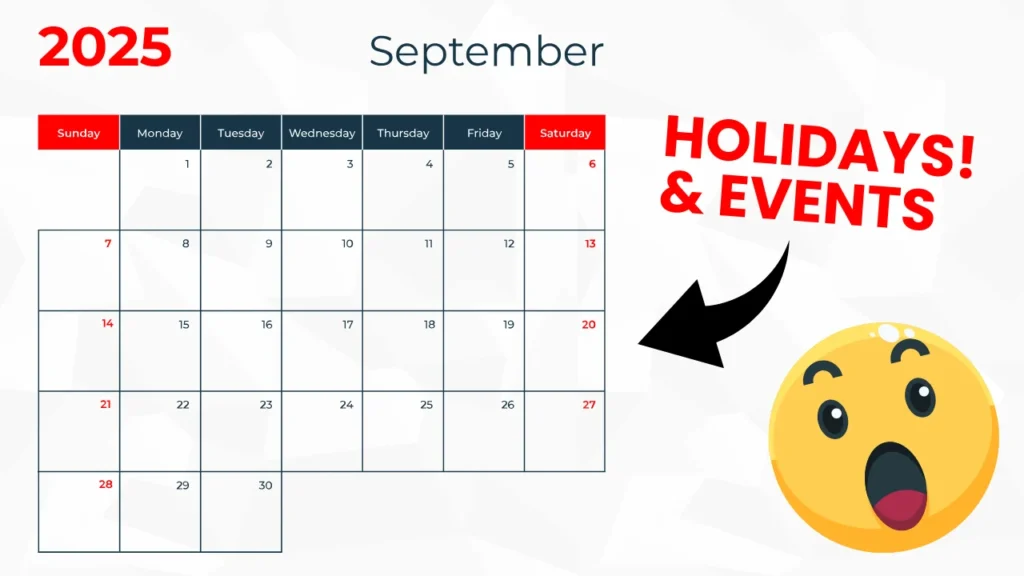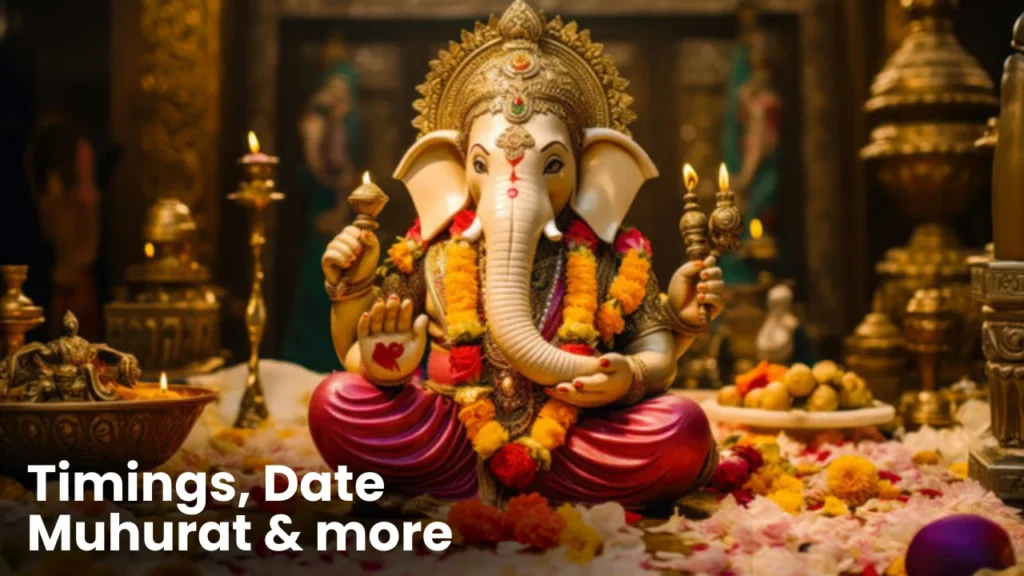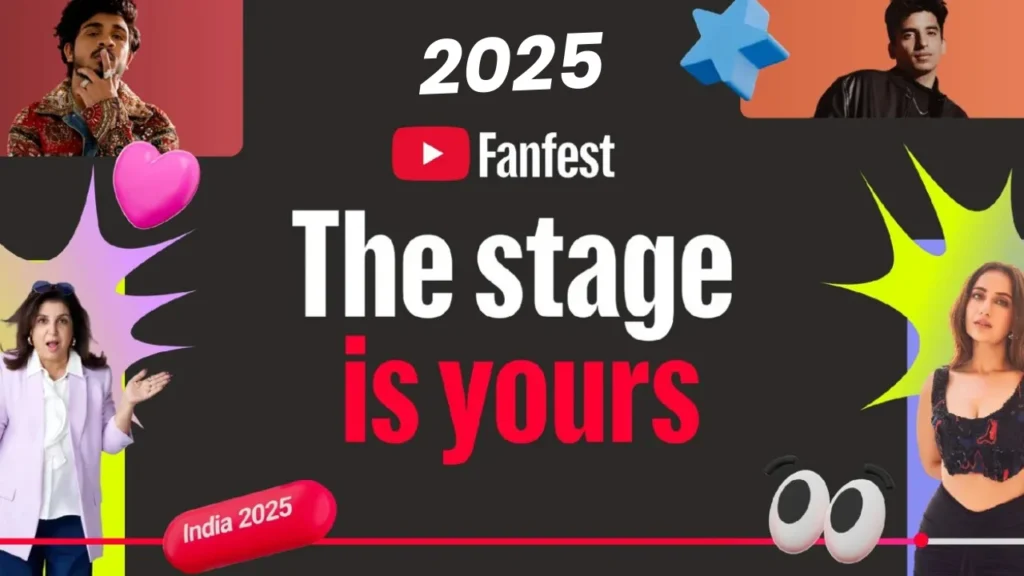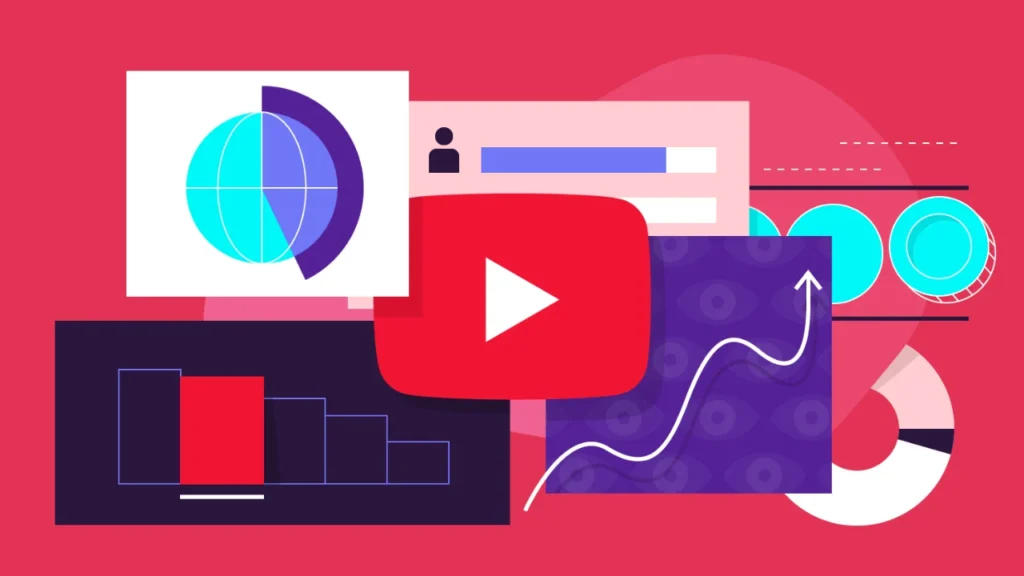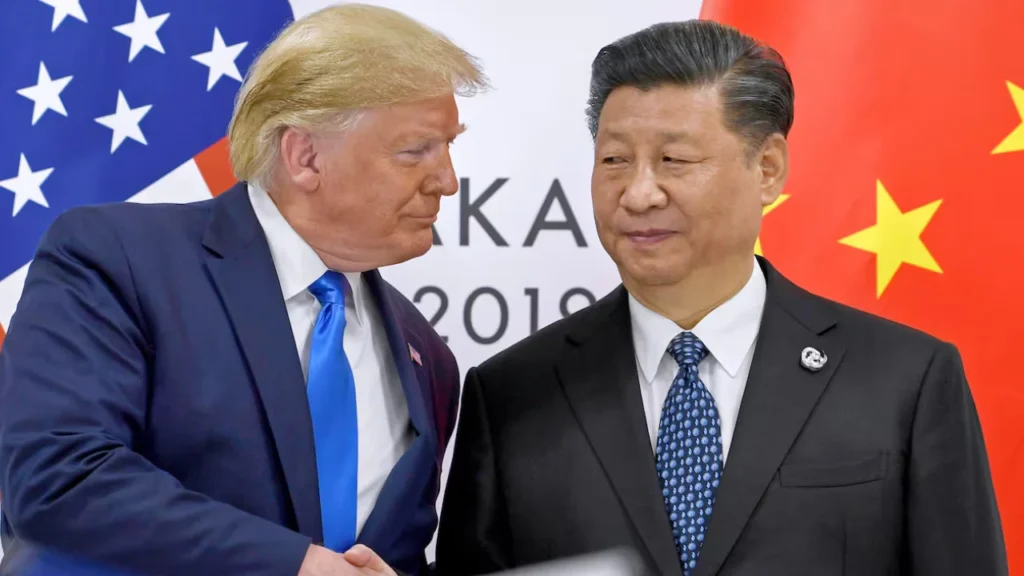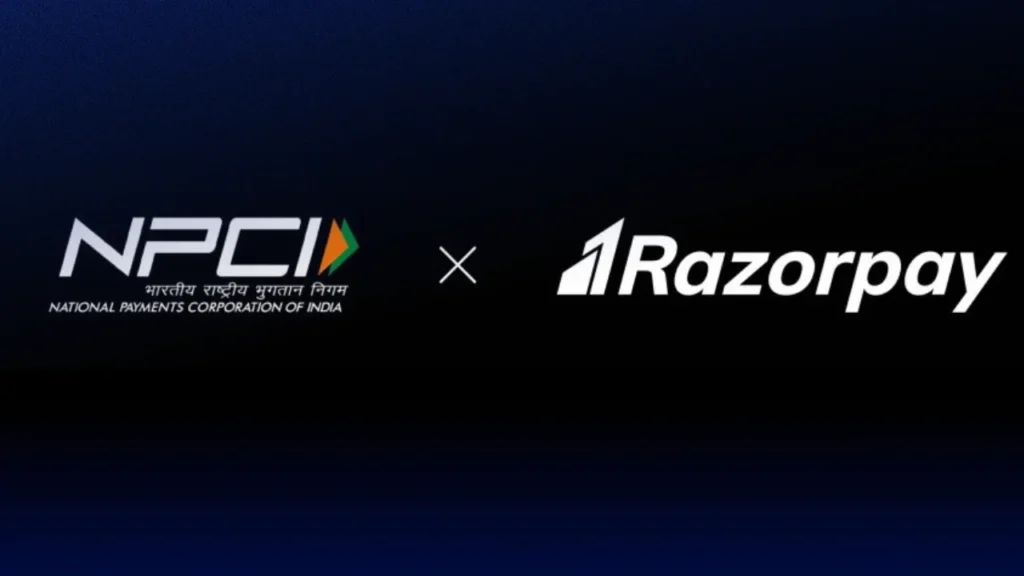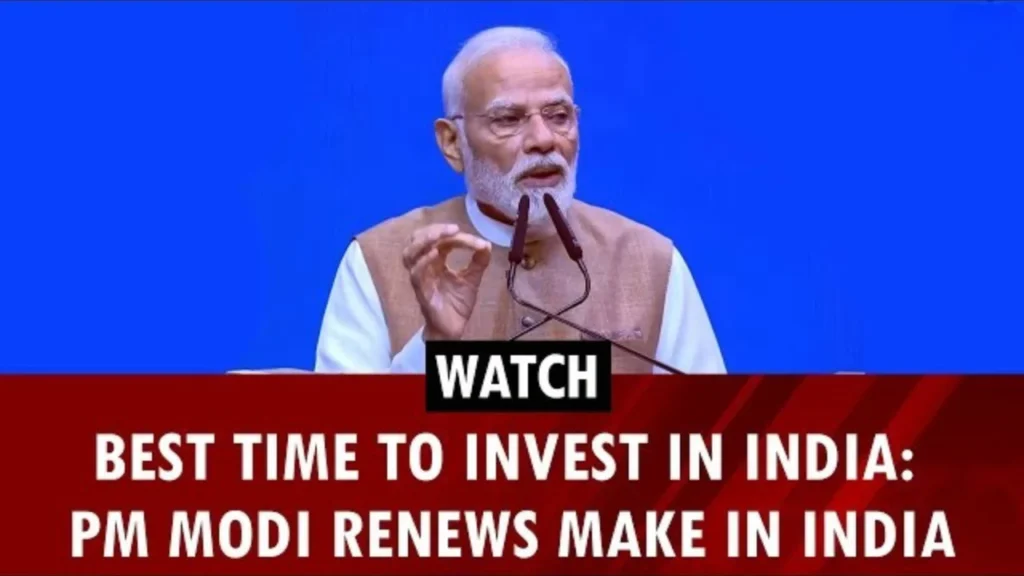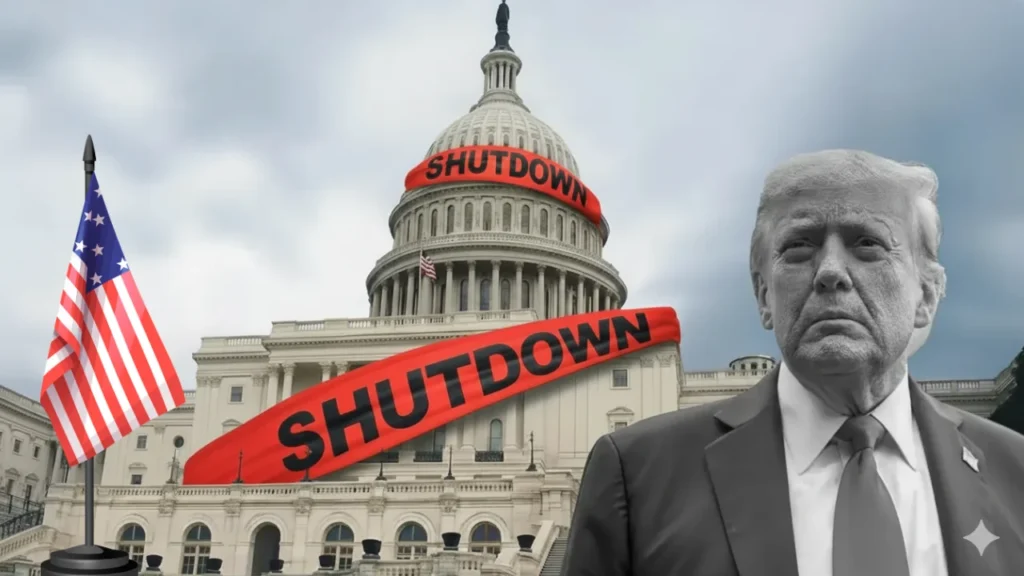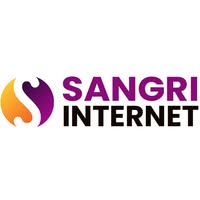The New Delhi World Book Fair (NDWBF) is one of India most prominent literary events, attracting bibliophiles, publishers, authors, and educators from across the globe. Held annually in the capital city, New Delhi. It offers a platform for the dissemination of knowledge, promotion of books, and celebration of diverse literary cultures. The event, which spans over a week, has become a landmark in India’s cultural calendar. The upcoming edition of the fair will be held from February 1 to February 9, 2025, at Bharat Mandapam, New Delhi.
History and Evolution
The inception of the New Delhi World Book Fair dates back to 1972 when it was first organized by the National Book Trust (NBT). India, under the Ministry of Education. Over the years, it has grown exponentially in scale and stature. The inaugural event was opened by then President V.V. Giri, marking the beginning of a grand literary tradition that continues to flourish. Since its modest beginnings, the fair has evolved into a global platform. Witnessing participation from leading publishing houses, writers, and intellectuals.
In the early years, the fair was primarily an Indian affair, showcasing regional and national publishers. However, with globalization and the rapid expansion of the publishing industry. The event now features international pavilions that highlight the literary contributions of various countries. The fair growing global appeal has positioned New Delhi as a key hub for literary exchange and trade.
Themes and Focus Areas
Each edition of the New Delhi World Book Fair is centered around a specific theme that reflects contemporary socio cultural, environmental, or educational issues. These themes guide the content of exhibitions, discussions, and workshops held during the event. Past themes have addressed pressing topics such as women empowerment, climate change, and the promotion of children literature. By adopting meaningful themes, the fair aims to foster awareness and dialogue on critical issues through the lens of literature.
A unique highlight of the fair is its focus on children literature. Special areas are dedicated to young readers, featuring interactive sessions with authors, storytelling activities, and creative workshops. These sections are designed to ignite the imagination of children and encourage a lifelong love for reading. Educational institutions also use this platform to showcase innovative learning resources, making it a vibrant space for educators and students alike.
Exhibitors and Participants
The New Delhi World Book Fair attracts a wide range of participants, including national and international publishers, authors, librarians, and literary agents. Exhibitors showcase books across various genres, including fiction, non fiction, academic texts, self help, and children literature. The fair serves as a marketplace for rights negotiations, where publishers and authors discuss translations and global distribution.
International publishing houses from countries like the United States, United Kingdom, Germany, France, and Japan are regular participants. Their presence adds a global dimension to the fair, facilitating cross cultural literary exchanges and collaborations. Additionally, governmental and non-governmental organizations participate in promoting literacy initiatives and reading habits.
Events and Activities
Beyond book displays, the New Delhi World Book Fair is renowned for its engaging cultural and literary events. The fair hosts a series of book launches, panel discussions, and author interactions that draw large audiences. Renowned writers and intellectuals participate in debates on contemporary issues, offering insights into their creative processes and the world of publishing.
One of the most popular events at the fair is the book signing sessions, where readers get an opportunity to meet their favourite authors in person. These sessions create memorable experiences and strengthen the bond between writers and their audiences. Poetry recitations, workshops on creative writing, and sessions on digital publishing are other crowd pullers that make the fair a dynamic and enriching experience.
The fair also dedicates space to art and cultural exhibitions, showcasing illustrations, book art, and rare manuscripts. Cultural performances, including music and dance, add a festive spirit to the event, making it an immersive cultural experience for visitors of all ages.
Digital Transformation and Accessibility
In recent years, the New Delhi World Book Fair has embraced digital innovations to enhance accessibility and outreach. Virtual exhibitions and online events have become an integral part of the fair, especially following the global pandemic that necessitated a shift towards hybrid formats. These initiatives have allowed a broader audience to participate from different parts of the world, democratizing access to the literary treasures on display.
Efforts to make the fair more inclusive have also gained momentum. Initiatives to cater to readers with disabilities, such as Braille books and audiobooks, reflect a commitment to universal accessibility. The use of technology to promote diverse formats of reading material ensures that the fair remains relevant in an increasingly digital age.
Economic and Cultural Impact
The New Delhi World Book Fair is not only a literary festival but also an economic driver for the publishing industry. It provides a significant boost to book sales and promotes the growth of small and independent publishers. The fair fosters partnerships between authors, publishers, and literary agents, opening new avenues for publishing rights and international collaborations.
Culturally, the fair strengthens India position on the global literary map. It celebrates the country linguistic diversity, with stalls featuring books in regional languages alongside English and Hindi publications. This inclusivity underscores the rich literary heritage of India and its ongoing contributions to global literature.
A Gateway to Knowledge and Inspiration
The New Delhi World Book Fair is more than just a commercial event. It is a gateway to knowledge, imagination, and inspiration. For many, attending the fair is a cherished tradition that fosters a deeper connection to the world of books. It is a place where ideas are exchanged, stories come alive, and the power of the written word is celebrated.
By continuously evolving to meet the changing dynamics of the publishing industry and embracing new technologies, the fair remains a beacon of literary and cultural engagement. Its enduring legacy and future promise make it a cornerstone of India intellectual and cultural landscape.

